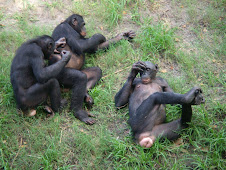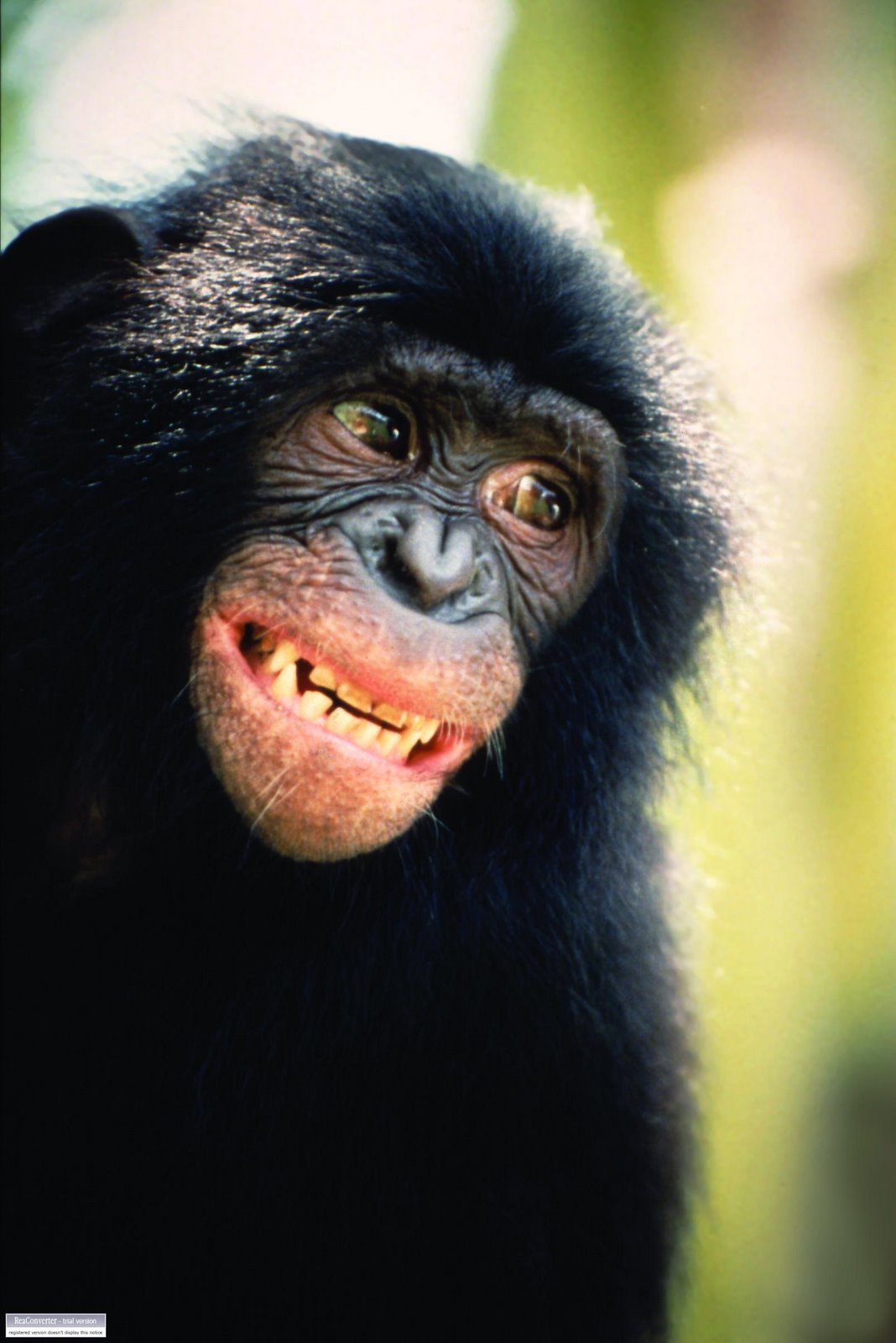 Every two years, zoo professionals and field researchers hold a meeting about in situ (occurring in range countries) conservation projects. This year, the "Zoos and Aquariums committing to Conservation" (ZACC) meeting was hosted by the Houston Zoo, from 22 to 26 January, 2009. Nearly 200 attendees representing 135 organizations from 27 countries met to share stories about unique solutions for habitat and wildlife protection.
Every two years, zoo professionals and field researchers hold a meeting about in situ (occurring in range countries) conservation projects. This year, the "Zoos and Aquariums committing to Conservation" (ZACC) meeting was hosted by the Houston Zoo, from 22 to 26 January, 2009. Nearly 200 attendees representing 135 organizations from 27 countries met to share stories about unique solutions for habitat and wildlife protection.Unlike many other professional meetings, the ZACC sessions are held consecutively, which means that all of the presentations are available to the delegates. As conservation is based on passion, it is important to have personal contacts with the field researchers, and ZACC is a great venue to meet field researchers. Savvy zoos send their conservation decision makers to "shop" among a smorgasbord of projects ("I found a great jaguar project to compliment our exhibit, now I need something for South American birds").
The ZACC conference is one of my favorite meetings. I learned about work on the Columbia Basin pygmy rabbit, California condors, Attwater's Prairie chickens, and the discovery that bats that have taken up residence in urban bridges actually seem to have greater survivorship than individuals of the same species that roost in caves.
For the African continent, there were presentations on wattled cranes, ungulate migration routes in Tanzania, Gabon ecotourism, bonobos, and cheetahs. For Asian conservation, the delegates learned about Przewalski's horses, snow leopards, sun bears, and sea turtles in Sri Lanka. For Central and South America, there was research presented on cotton-top tamarins, lowland tapirs, amphibian conservation in Panama, and yellow-tailed woolly monkeys.
There were also presentations on carbon offsetting, new guidelines from the IUCN species survival commission, the global amphibian crisis, emerging wildlife conservation heroes, artists for conservation, and sustainable conservation commerce.
Through sponsorships, the conference also awards funding to worthwhile field projects, that are also presented at the meeting. The grantees for 2009 include:
A community wood fuel project in Uganda, where inexpensive, locally produced stoves use less wood, thus sparing trees.
Using health care incentives to protect wild orangutans in Sumatra.
Satellite tracking and social behavior of the Bornean elephant in Malaysia.
Protecting snow leopards through an insurance compensation scheme in India.
An integrated approach to ecosystem conservation in the Rift Valley of Kenya.
Improving the infrastructure of ostrich breeding in Niger.
Scarlet macaw conservation in Guatemala.
The first ZACC conference was held in 1995 at the Columbus Zoo in an effort to build a global network for wildlife conservation by linking zoos, aquariums, and stakeholders in in situ projects. The next meeting, will be hosted by the Woodland Park Zoo, in Seattle, Washington, in 2011. (ZACC has become so successful and popular, that European Zoos are planning a similar meeting in the "even" years.)












No comments:
Post a Comment